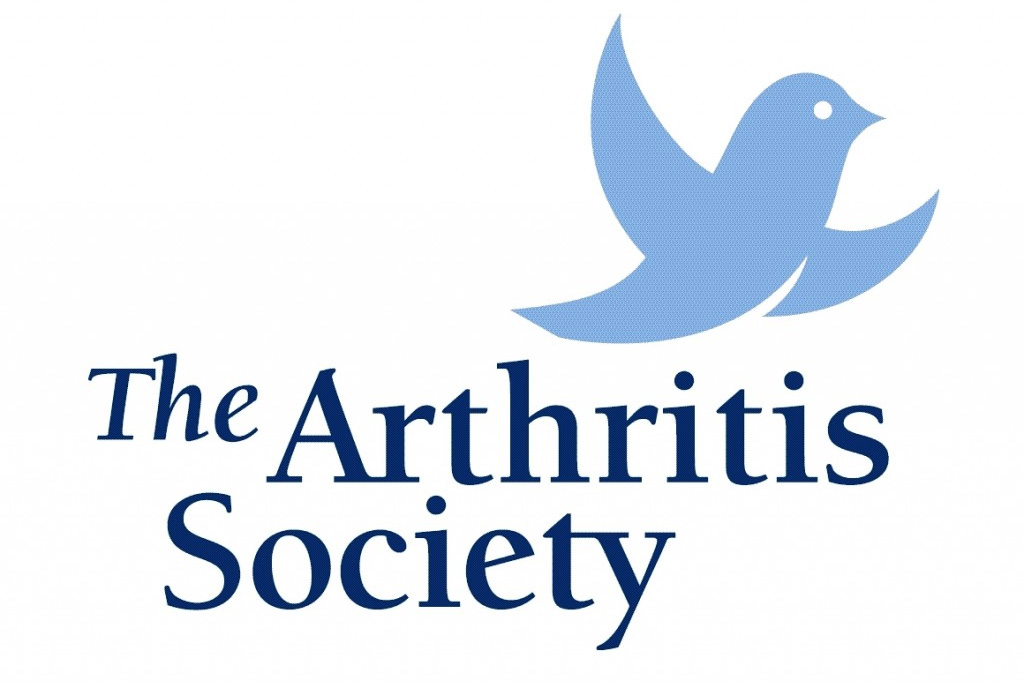When early discoveries are made at universities, they usually require additional research and funding to uncover what the innovation’s clinical usefulness will be to patients and physicians. For example, in 2006 researchers at the University of British Columbia (Dr. Ruhangiz Kilani and Dr. Aziz Ghahary) and the University of Alberta (Dr. Walter Maksymowych) discovered that a novel protein named 14-3-3η (the Greek symbol η, pronounced eta) was present at significantly higher levels in the blood of patients with inflammatory arthritis compared to healthy individuals.
Over the past five years, Augurex has developed a blood test to accurately measure the concentration of 14-3-3η in blood and has conducted clinical studies – in collaboration with worldwide leading rheumatologists – in over 600 patients to determine how the levels of this new marker can help inform the disease and assist doctors in making clinical decisions.
Augurex has now published this data at premier international conferences over the past two years that describe 14-3-3η’s usefulness in helping diagnose early and established rheumatoid arthritis (RA) and how its blood levels may assist in identifying RA and Psoriatic Arthritis (PsA) patients with joint damage and with predicting anti-TNF therapy response. For further details, click here.
The 14-3-3η blood test is expected to be available in Canada, the US and Europe by early-to-mid-2013 so that doctors may order the test for their patients through labs across those countries. Data presented at the American College of Rheumatology Annual Meeting (ACR) and the European League Against Rheumatism (EULAR) described how 14-3-3η complements blood test results of Rheumatoid Factor (RF) and anti-cyclic citrullinated protein (Anti-CCP), two commonly used markers to help diagnose RA.
The incremental benefit shown in these studies is that 20-30% of patients that would otherwise be missed by either RF or anti-CCP can be captured through the use of the 14-3-3η blood test. Because RA is a disease that is driven by multiple contributing factors, having a complementary blood test to those that doctors currently use can provide a more complete patient profile to help rheumatologists further optimize how they clinically manage their patients, ultimately leading to a better clinical outcomes and quality of life.
Along the course of Augurex’s research, the 14-3-3η protein is becoming increasingly interesting with additional discoveries being made about its form and function in the disease state. Measuring these aspects is expected to provide even more clinical usefulness as a 14-3-3η biomarker panel is further studied. Other than the utility of measuring the 14-3-3η panel in blood, it is believed that the protein itself is contributing to the disease and that blocking it may provide a novel therapeutic strategy, and therefore 14-3-3η is being investigated as a drug target.
If the Augurex drug program is successful, 14-3-3η may represent personalized medicine in RA and PsA whereby you measure the presence and concentration of the protein in a given patient and you give just the right dose to block it to treat their disease. For further details, click here.
14-3-3η is an example of how a Canadian university invention is advanced by a Canadian start-up company supported largely by Canadian investors and enabled by Canadian and BC Provincial financial support programs to garner the attention and interest of international authorities in rheumatology. Each stakeholder along the way of 14-3-3η research has shared one vision with Augurex, which is to close the loop on this discovery by bettering the lives of people living with arthritis.
The Arthritis Society is excited to see BC biotechnology companies like Augurex working to improve the lives of people with arthritis. Alongside top arthritis researchers and universities, many of whom have been supported by The Society, the field of biotechnology has great opportunities to unlock the mysteries of arthritis. We look forward to working with Augurex and others to continue towards our vision of living well while creating a future without arthritis.
See the original article here.

